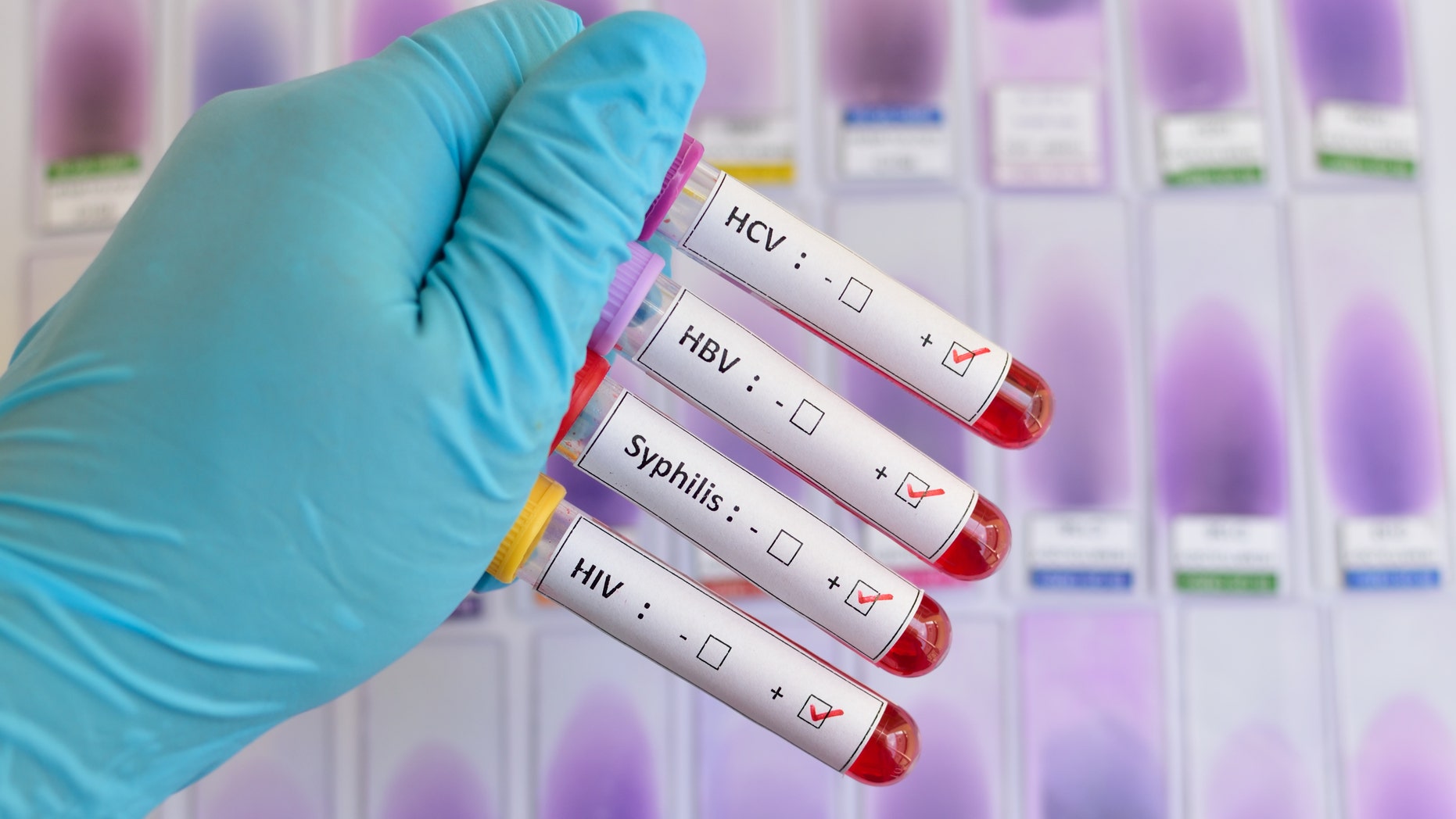
Half of all STDs in America occur in people under the age of 25. (iStock)
Dear Dr. Manny,
One of my ex-boyfriends just informed me that he has an STD. How do I know if I have an STD? What are common STDs? Are STDs treatable? Are there any that aren’t treatable? Should I be worried?
Thanks for your question.
Sexually transmitted diseases (STDs) are spread when someone with an STD is sexually active with someone who does not have one. Any sort of sexual activity -- oral, anal or traditional intercourse -- comes with a risk of an STD.
Half of all STDs in America occur in people under the age of 25. These are serious diseases that require treatment. Some STDs include genital herpes, HPV, hepatitis B, chlamydia, syphilis and gonorrhea.
Sometimes STDs have symptoms, and sometimes they have none at all. However, women will usually present symptoms to let them know that something is off. These may include bumps or warts near the mouth or genitals, swelling or redness of the genitals, skin rash, painful urination, burning urination, weight loss, aches, pains, fever, chills, yellowing of the skin, vaginal discharge, bleeding, painful intercourse and severe itching near the genitals. Men can develop some of these symptoms as well.
Most STDs are treatable with antibiotics. It is important to get these diseases treated as soon as possible in order to avoid lasting damage.
The most common STD is HPV. There are more than 40 types of HPV that can be spread sexually. It is important that young men and women get a vaccine that will help prevent cancers caused by HPV. Women should also get pap smears regularly to look for cervical cancer caused by HPV. There is no cure for HPV.
Recently, there has been a surge in the number of chlamydia cases in the U.S., making it the most frequently reported bacterial STD in the U.S., according to the CDC. Most people do not experience symptoms from chlamydia, so it is important to get tested regularly if you are sexually active. Gonorrhea is similar in that most people don’t notice any symptoms. Both are treatable with antibiotics.
Syphilis has four stages, with the last stage causing brain and nerve damage. It is also hard to detect without medical testing. Herpes is very easy to catch because it is spread by skin-to-skin contact. It’s also a virus, in the same family as chickenpox, so there is no real medicine to make it go away. The symptoms can be managed with medicine, however.
Trichomoniasis is another STD that can be treated with antibiotics. It is more common in women than in men.
HIV, the virus that causes AIDS, is dangerous. It can also only be detected through blood or saliva. Symptoms of HIV feel like the flu, but it can destroy your immunity over time. Some risk factors include drug abuse and unprotected sex. Currently, ongoing research on the treatment of HIV is being conducted and indeed, and early detection with proper medication is helping millions of people.
CLICK HERE TO GET THE FOX NEWS APP
The only real way to avoid getting an STD is through abstinence. Even using condoms does not come with a 100 percent guarantee that you won’t catch a disease, especially since diseases like herpes are spread via skin-to-skin contact. If you are sexually active, make sure you get regularly tested, use condoms and don’t hesitate to see a doctor if you start seeing symptoms.
"how" - Google News
January 12, 2020 at 05:02PM
https://ift.tt/37ZXdhL
How to identify an STD - Fox News
"how" - Google News
https://ift.tt/2MfXd3I
Bagikan Berita Ini














0 Response to "How to identify an STD - Fox News"
Post a Comment